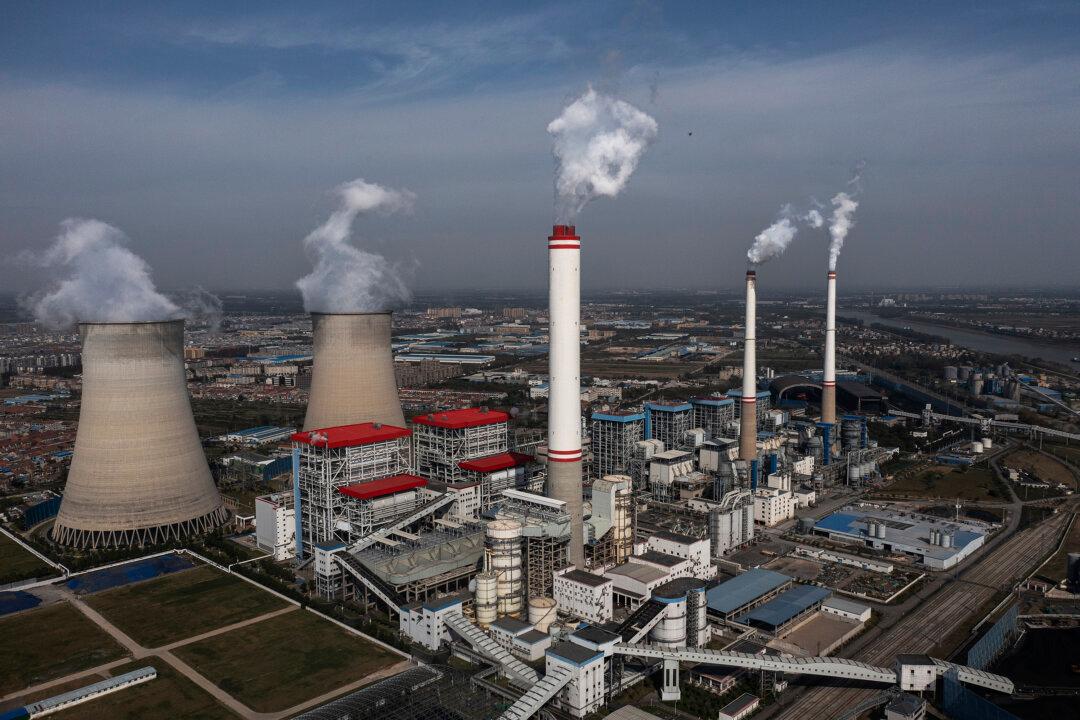Nuclear produces a tremendous amount of power in return for a little waste, and the technology also makes it extremely safe, according to Aidan Morrison, director of energy research at the think tank, the Centre for Independent Studies.
“If you are really worried about safety and waste, there is no better energy source than nuclear,” Mr. Morrison told an audience on June 26.





